#MeetTheArtist – Salim Bayri
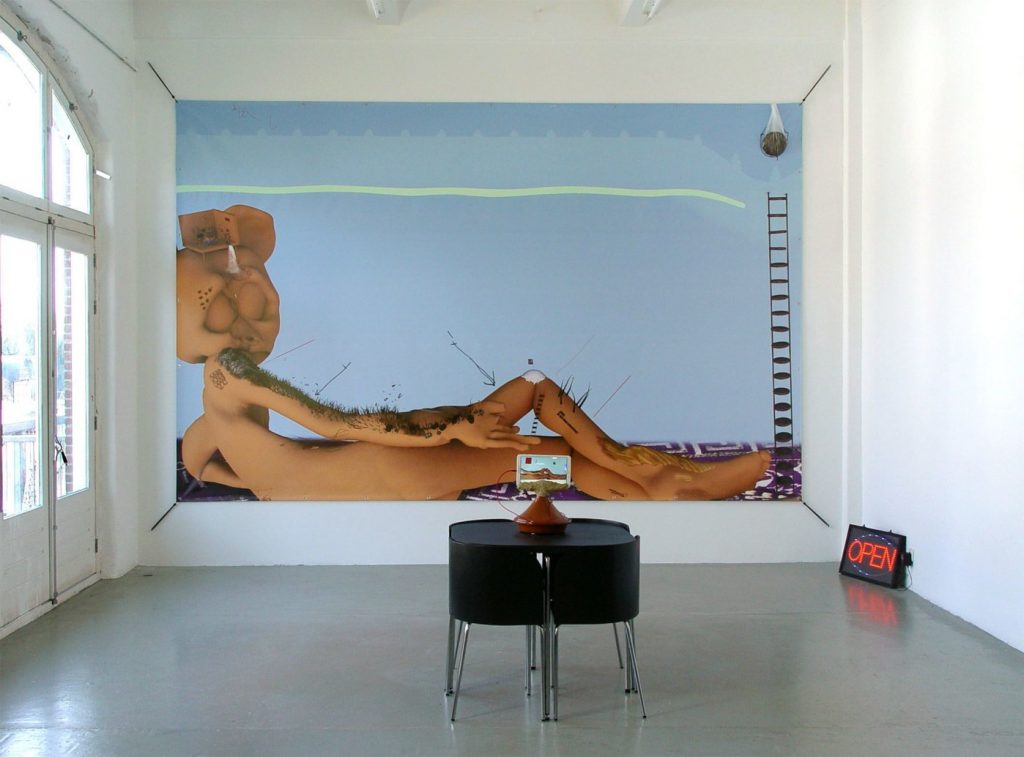
Salim Bayri – The MC of collision
What happens when opposing situations, technologies and cultures collide? Salim Bayri creates such collisions all the time, and often with a smile. With the digital environment as his point of departure, his work takes on various forms. You might call him the MC of the cultural-technological clash. Bayri has been nominated for this year’s NN Art Award.
In search of the core
Salim Bayri (Casablanca, Morocco, 1992) won the Volkskrant Visual Arts Prize last autumn. He was nominated by writer and jury member Abdelkader Benali, who praised him for his versatile and elusive body of work. Benali hits the nail on the head, as the core of Bayri's work is difficult to define. “You sort of walk around it,” Bayri said in a recent interview with the magazine Mister Motley. "It would also be a failure to seize it as it were, because I would then be destroying the work and I don't want to do that."
Finding a core is also difficult because Bayri can rightly be called a multidisciplinary artist. He creates videos, installations, wearables, apps, drawings, digital prints and more. Bayri usually starts with a digital drawing, but is not very interested in the differences between online and offline expression. His interests are broader. “In essence, he allows opposing images, situations, technologies, cultural practices and phenomena to collide and then looks at the result with a smile. That creates a striking openness in all kinds of respects," says Bayri’s gallery owner Kees van Gelder.
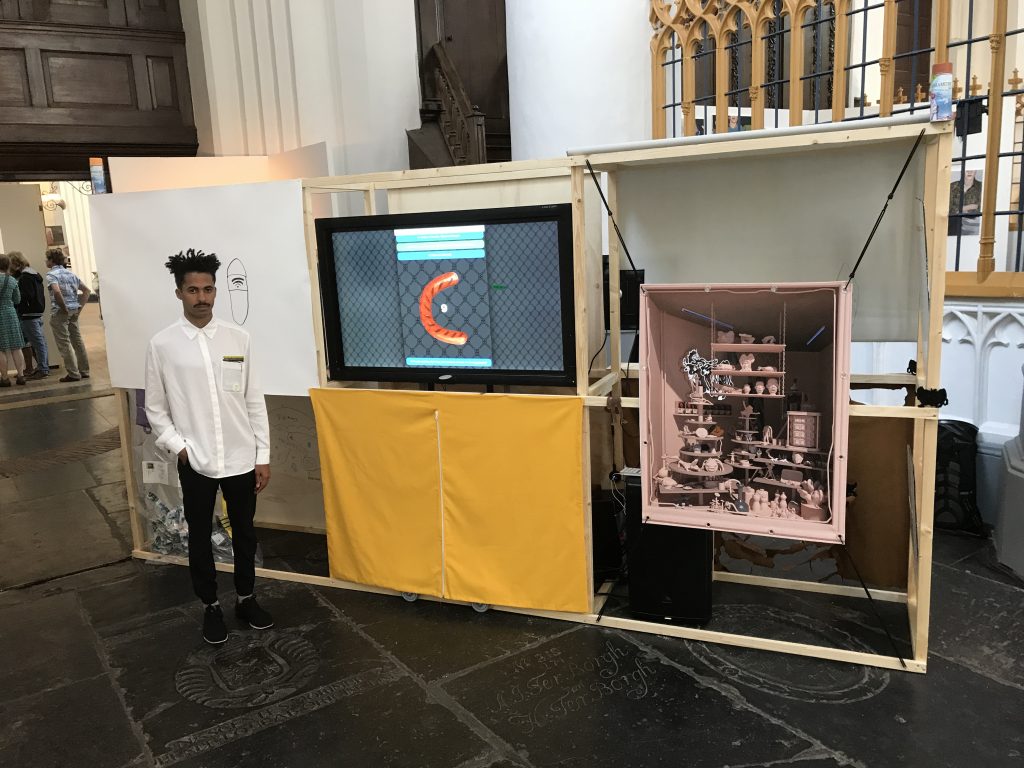
Van Gelder first came across Bayri's work in 2017 when he visited Kimball Gunnar Holth’s graduation show in Groningen's A-kerk. He was immediately sold. “Salim stood in front of his installation/scaffolding, which he called 'Smartshop', and sang towards the sculpture through an amplifier in Arabic, Dutch, French and Spanish, improvising descriptions of what he literally envisioned. The singing tone was clearly the North African multi-tone of the Maghreb. A fabulous presentation.”
Van Gelder is not the only one who has noticed Bayri's work, given that his work is guaranteed to attract a lot of attention. Since completing his residency at the Rijksakademie, it has already been shown in the Netherlands at CODA, Framer Framed, W139, La Capella in Barcelona and Fondazione Merz in Turin. In addition to the Volkskrant Visual Art Prize, Bayri also won the Charlotte Köhler Prize awarded by the Prince Bernhard Culture Fund last year. At the end of January, Dead Skin Cash, a duo exhibition with Ghita Skali, will be opening in W139 in Amsterdam, where visitors can sell dead skin cells for money.
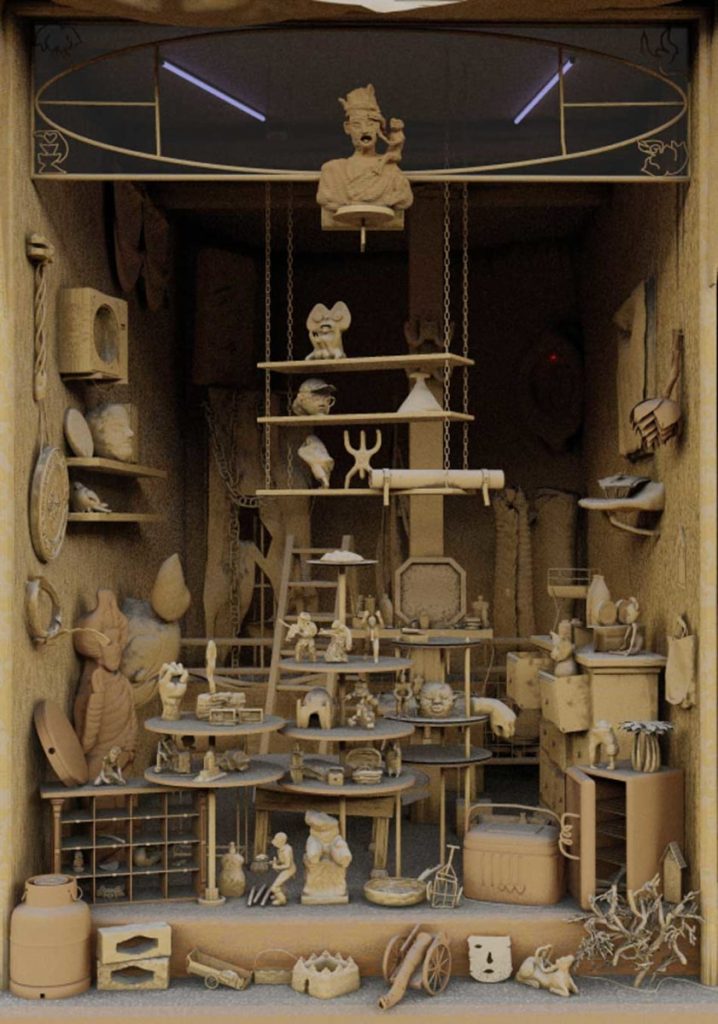
Code switching
Considering his background, the fact that toying with context, conventions and expectations is Bayri's second nature is hardly surprising. Bayri grew up in Casablanca, where he attended a Spanish school. “I constantly heard Arabic and French all around me, while everything online was in English. As a young boy, I learned about Carlos II at school, after which I walked home along streets where everyone spoke Darija, and once at home, heard about the price of baguettes in French news. In my head, I switch constantly, searching for the common denominator.”
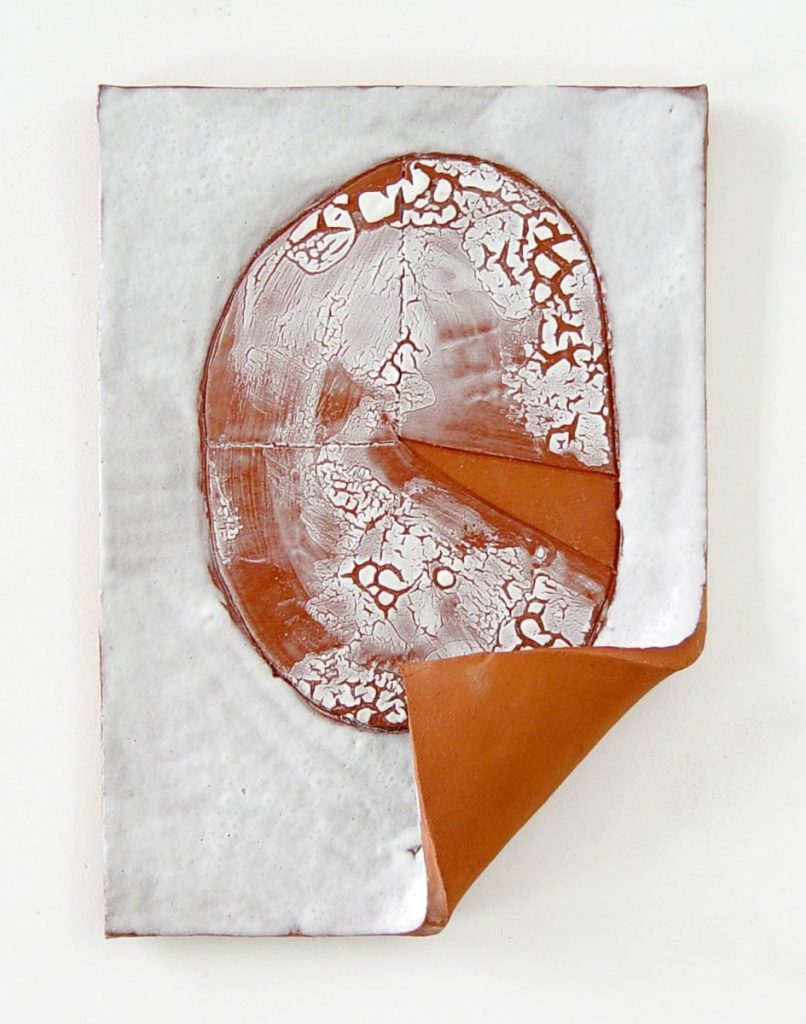
He went on to earn a Bachelor's degree from the Escola Massana in Barcelona, a Master's degree in Media, Art Design and Technology from the Frank Mohr Institute in Groningen and did a residency at the Rijksakademie, where he ultimately made a presentation similar to the one in the A-kerk in 2020.
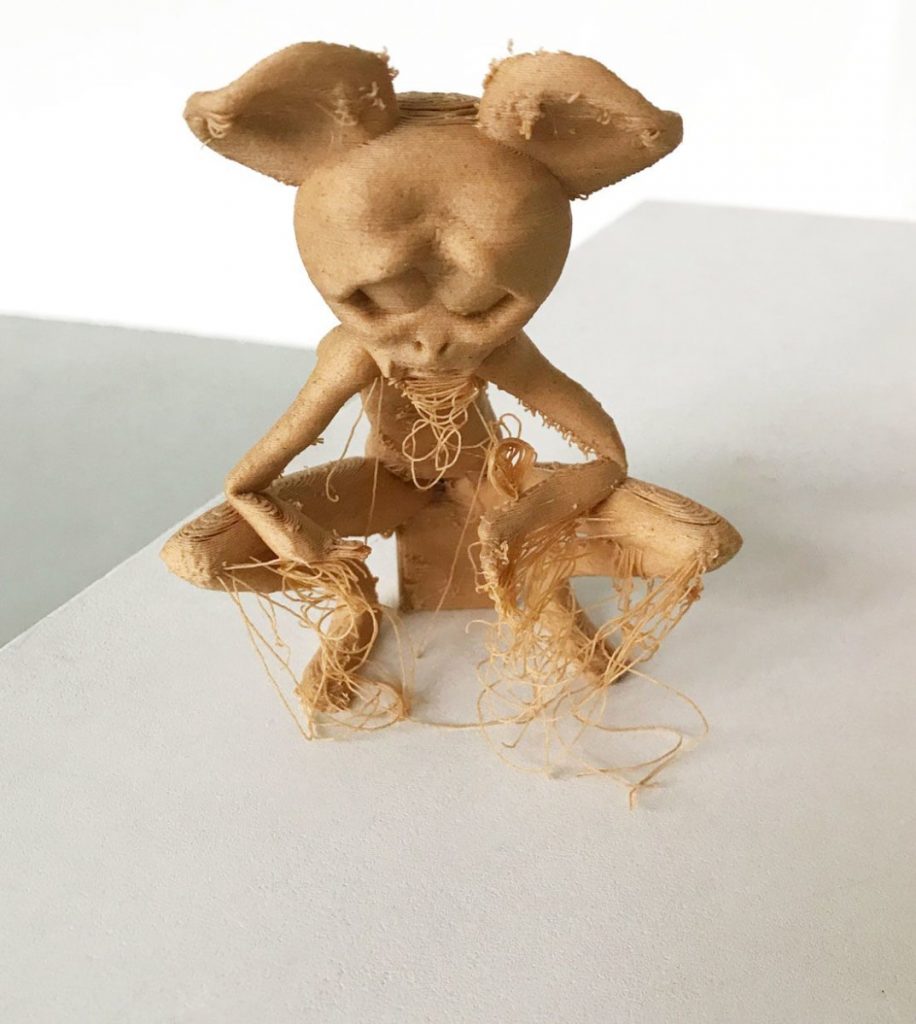
Sad Ali
The most famous example of an object Bayri places in a different context is his alter ego Sad Ali, short for Sad Alien. It is no coincidence that the word Alien is a homonym that can refer to an alien life form as well as someone from another country. Sad Ali is a wordless, sad cartoon character who regularly appears in Bayri's work and originated as a digital drawing, a computer file.
In terms of design, Sad Ali is like something straight out of a Pixar movie. Like cartoon characters, Sad Ali is a hollow shape. He has no heart, bones or brains. “So, these shapes are like containers. Everything that moves on the screen is hollow. Sad Ali is also empty; it doesn't talk or say anything and has no agenda of its own. But there it is, and its presence is so fragile that it becomes the elephant in the room,” says Bayri. The latter is evident from the diverse reactions that Sad Ali elicits from visitors. While one visitor laughs about it, the other finds him terrifying.
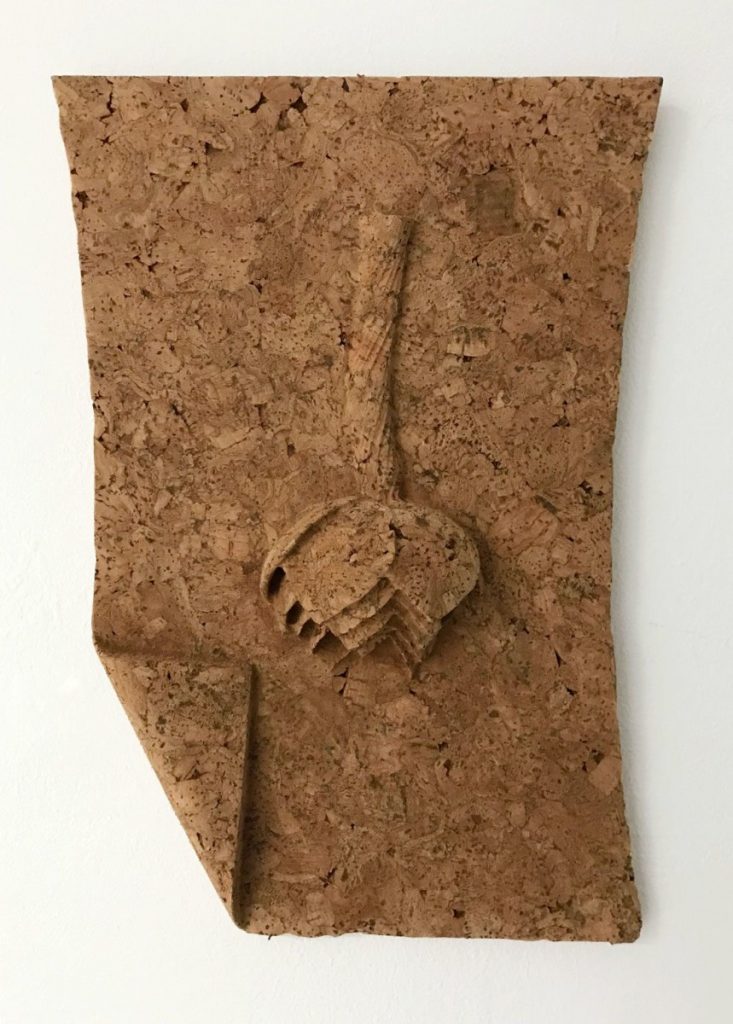
ChatGPT's analogue counterpart
For many people, the self-learning chatbot ChatGPT is a fantastic tool. You can ask the chatbot almost any kind of question and receive an answer in a complete sentence. But for an artist who toys with conventions and works from a digital environment, it is nothing short of a godsend.
In addition to a presentation of his Smartshop, Bayri has also considered presenting an analogue counterpart to the chatbot at Art Rotterdam. He originally intended for gallerist Van Gelder to sit in a chair in front of a white wall and hand out sheets of paper, each with a different question. “Unfortunately, there was not enough room for this on the exhibition floor, but Bayri is looking into possibilities to do something similar,” says Van Gelder.
Wouter van den Eijkel


